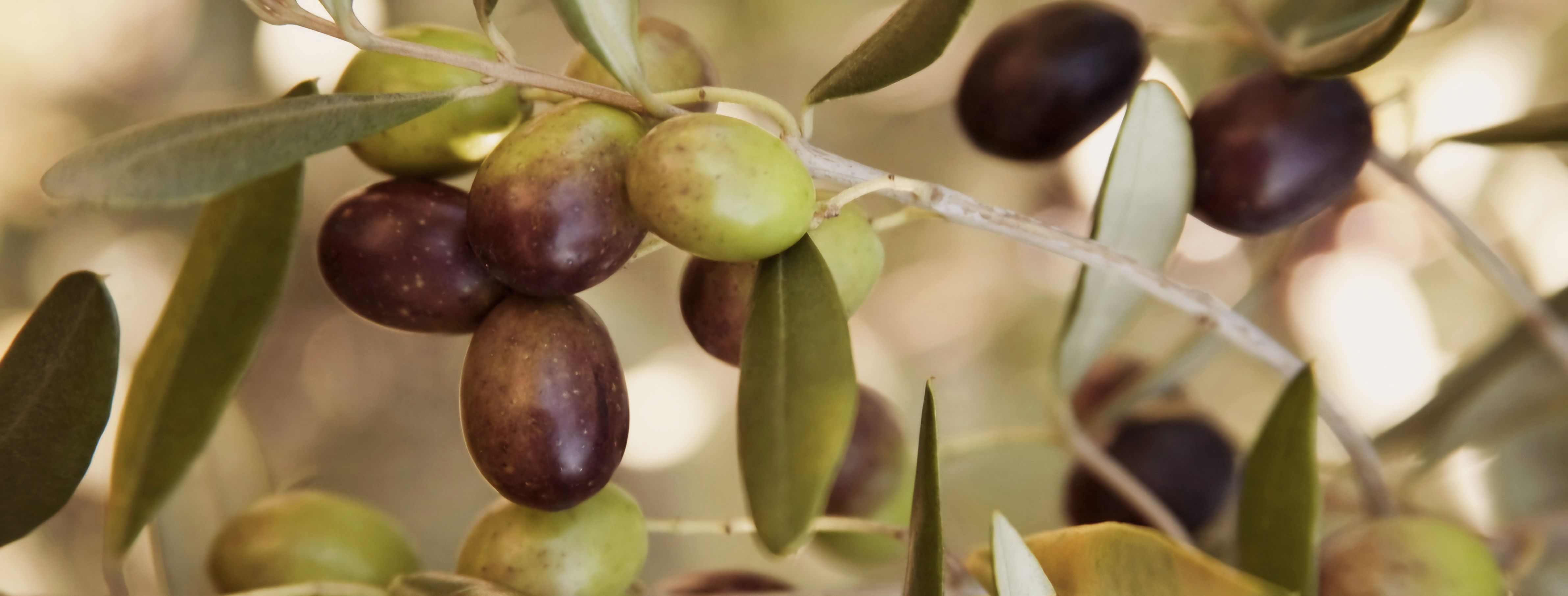
Wie kommt die Olive in die Flasche?
vakantio.de/der-traum-von-zeit-und-meer
Arabic Heritage ... Cordoba
Gipatik: 14.11.2022
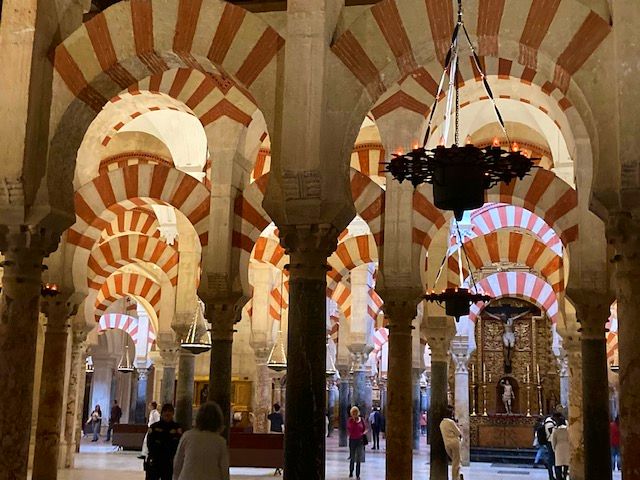
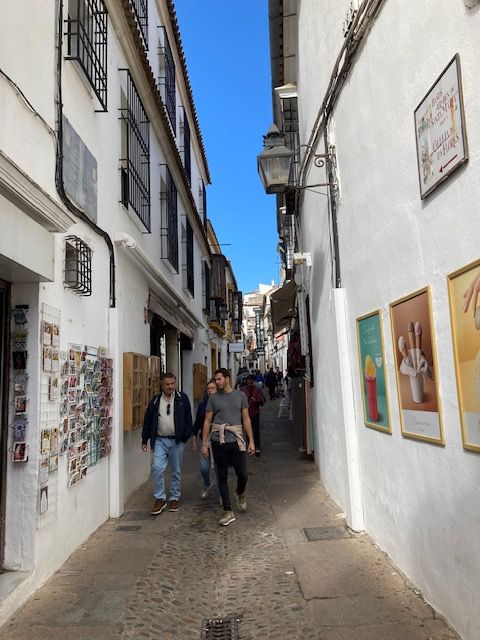
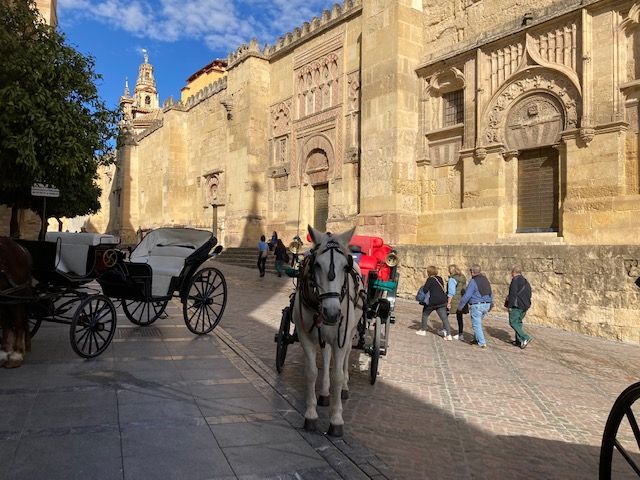
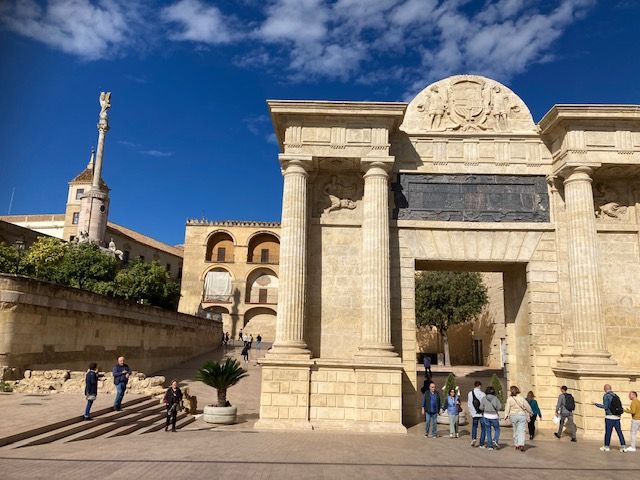
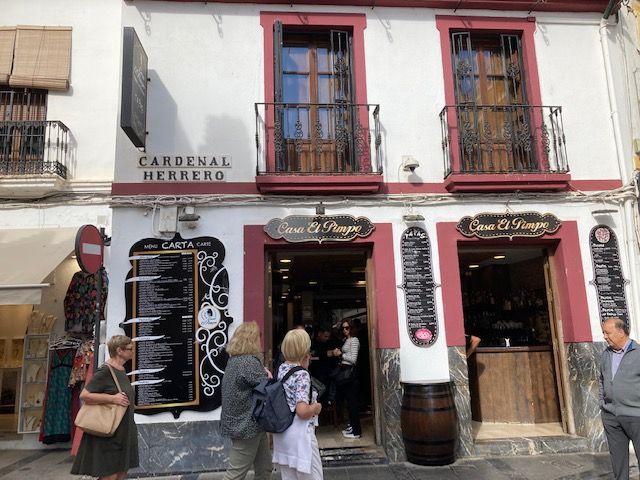
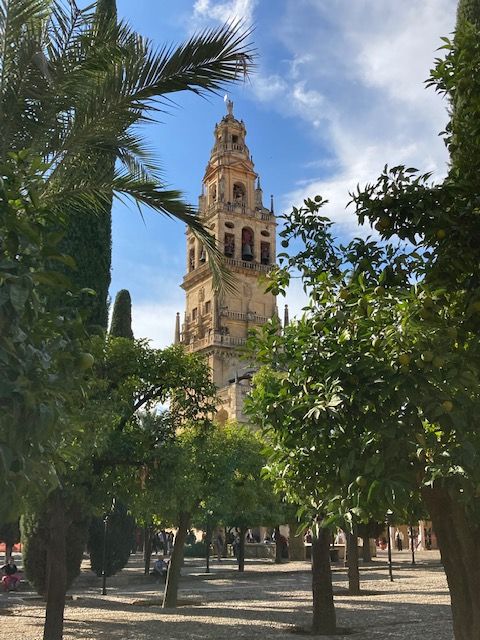
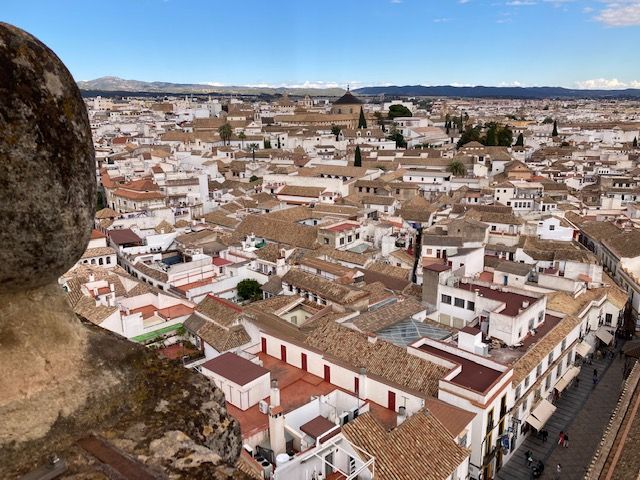
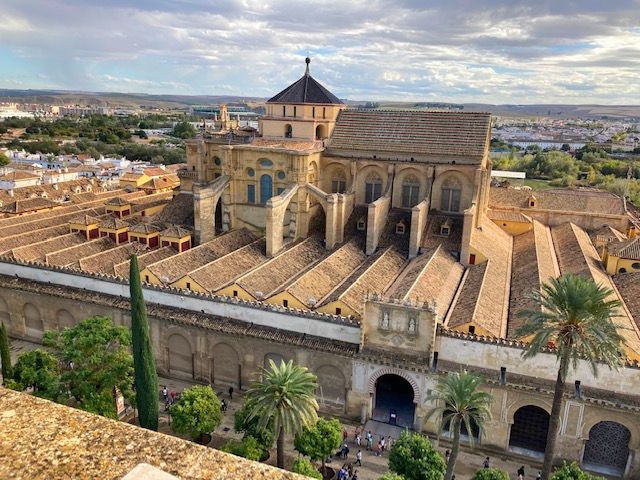
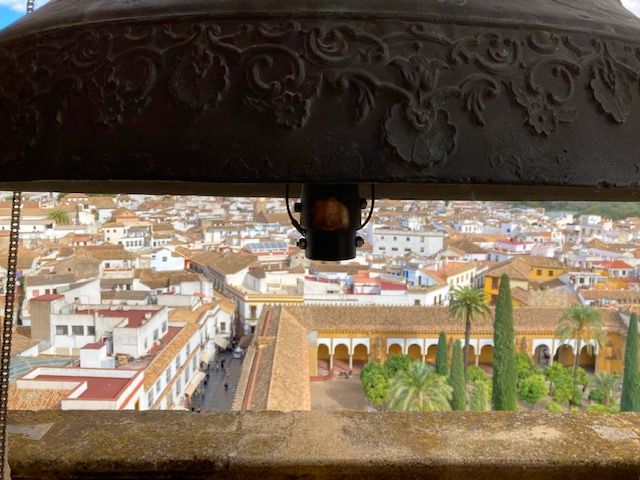
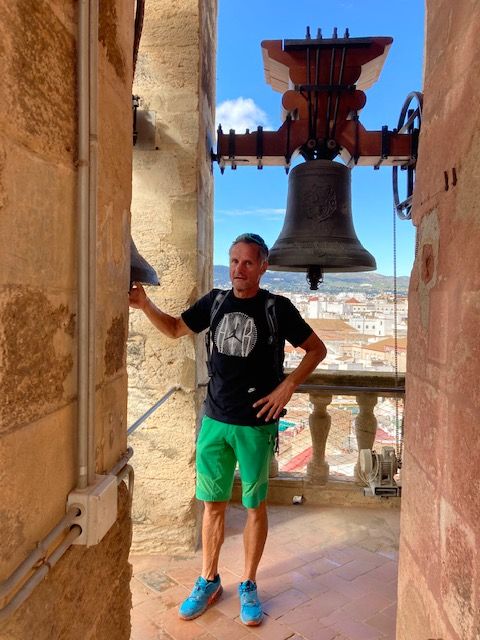
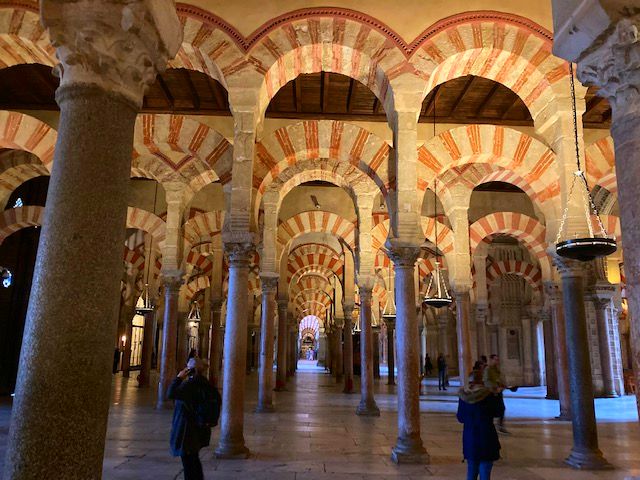
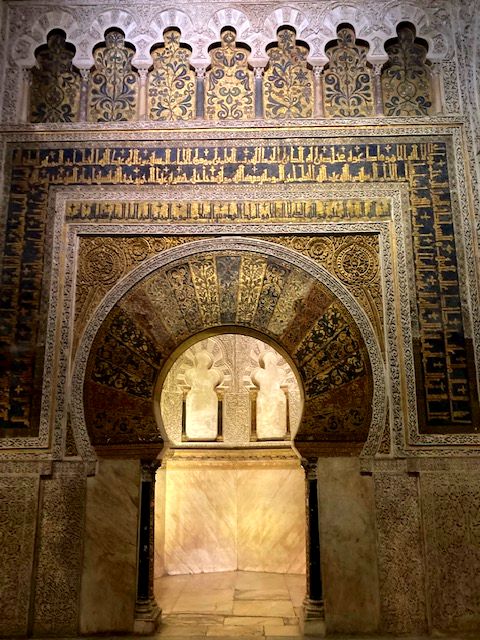
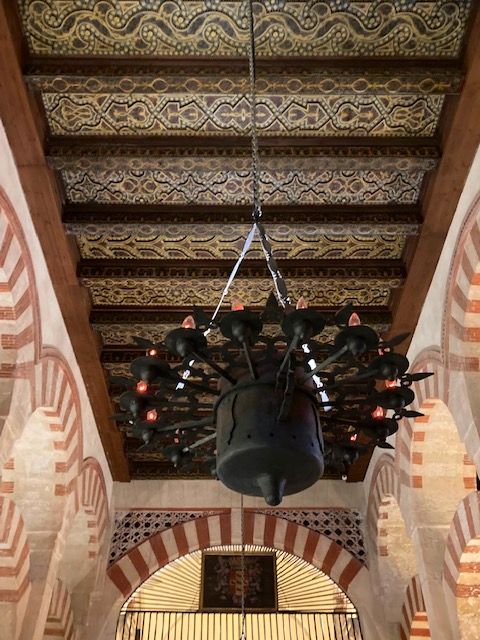
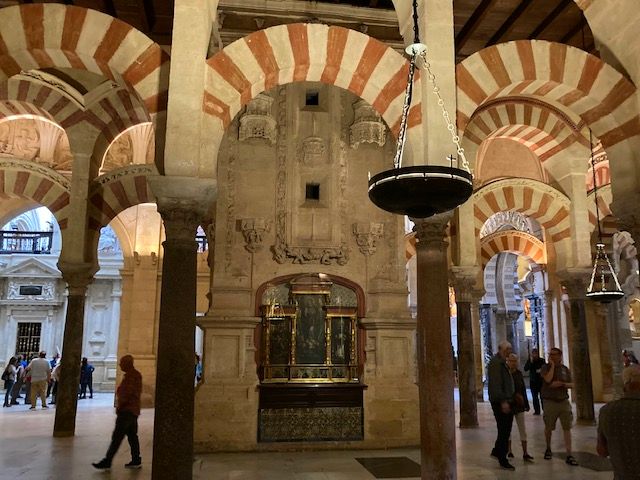
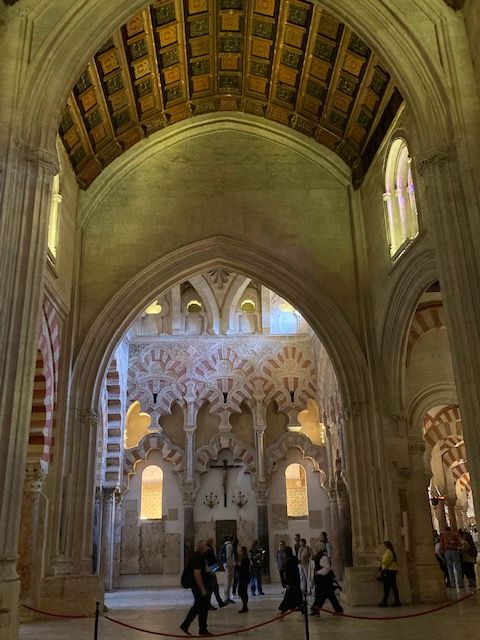
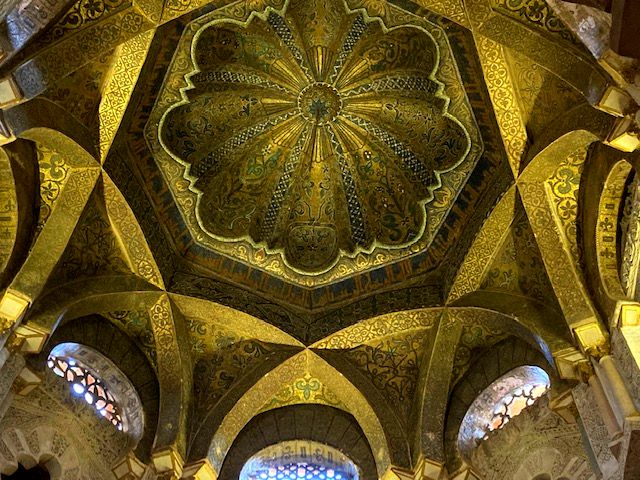
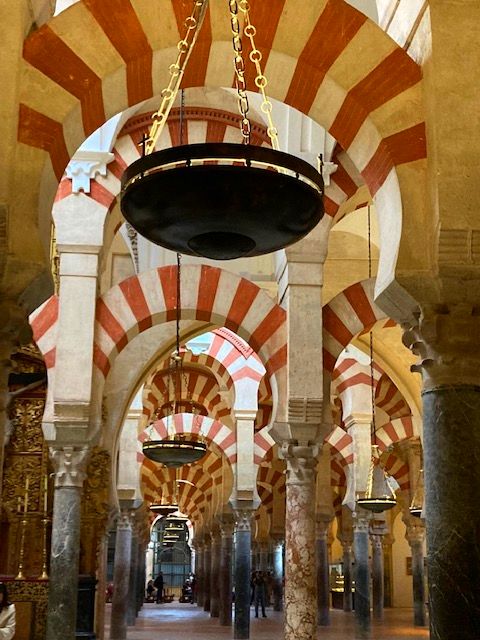
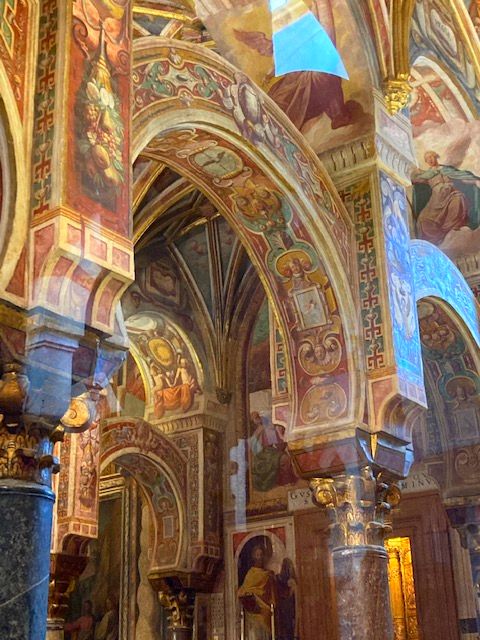
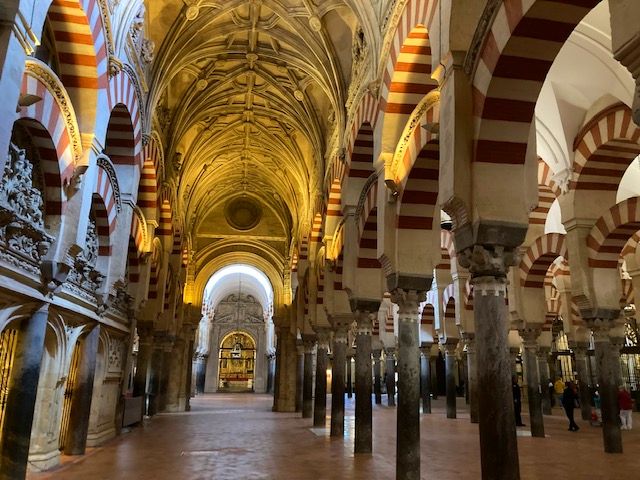
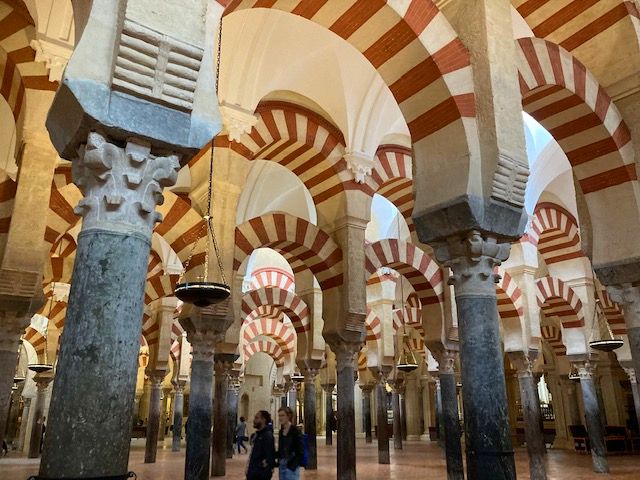
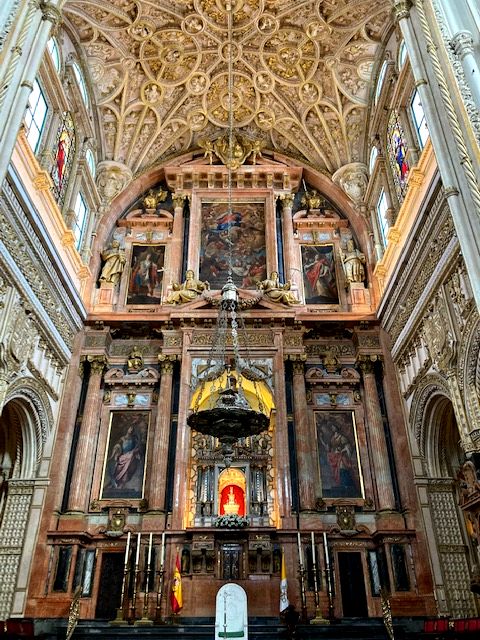
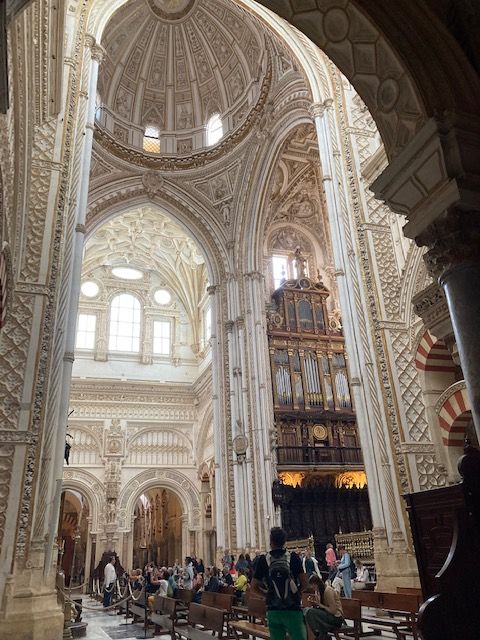
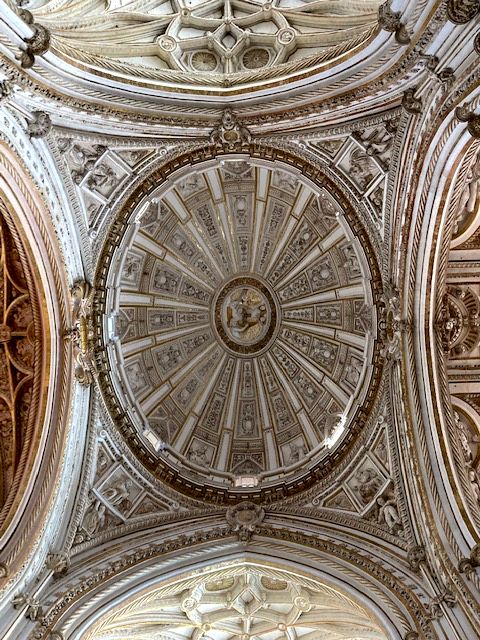
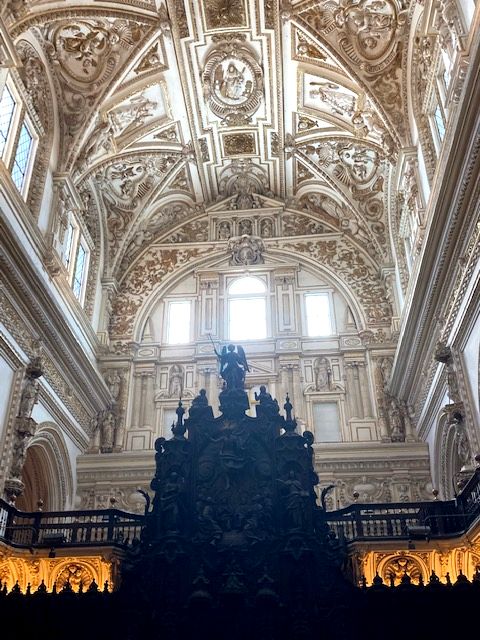
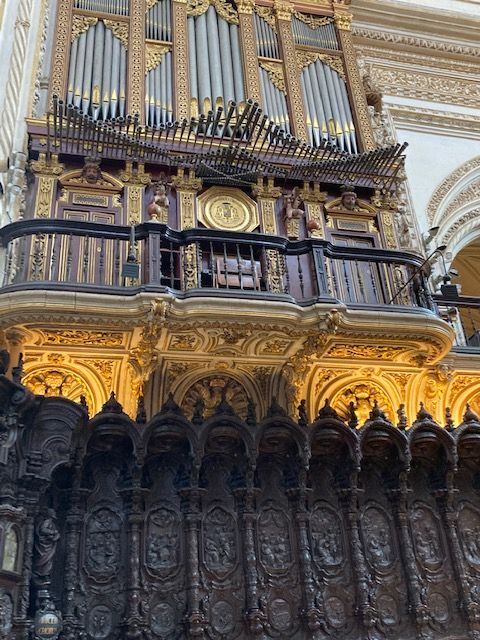
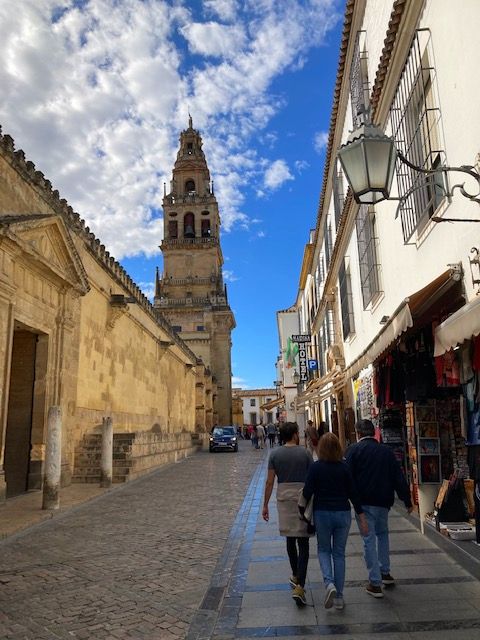
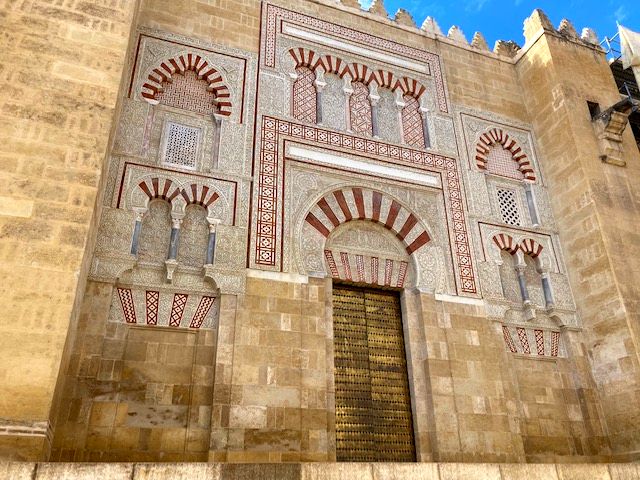
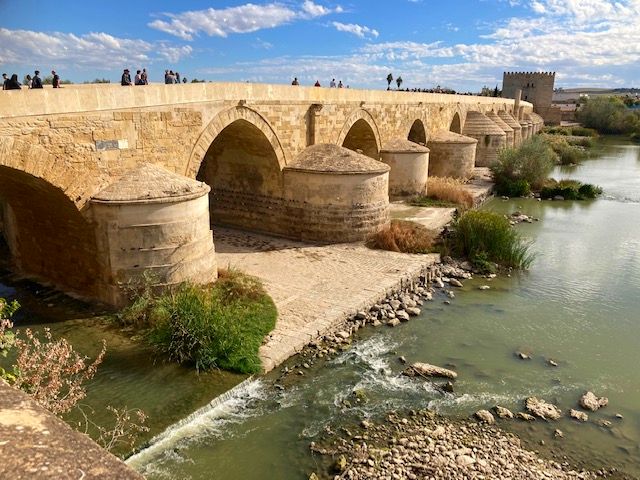
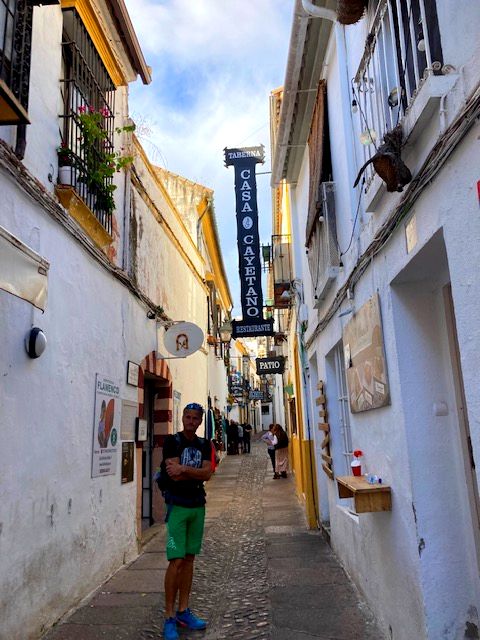
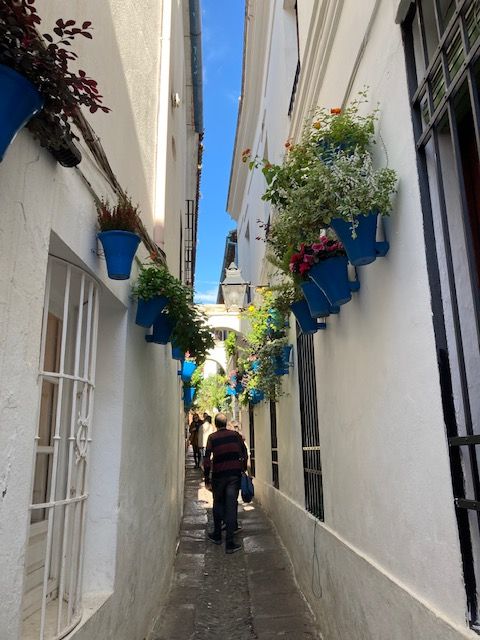
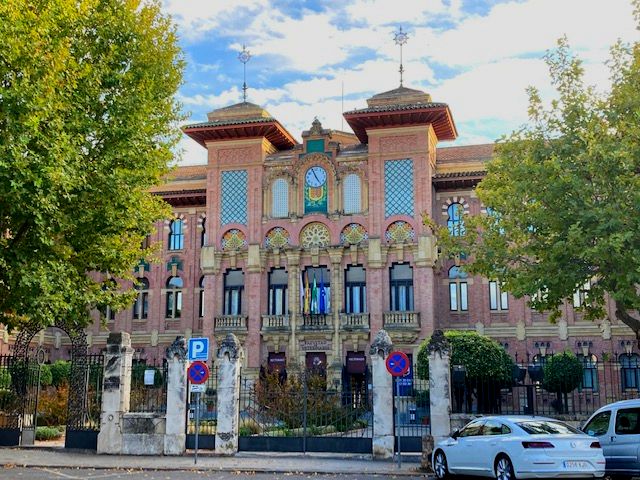
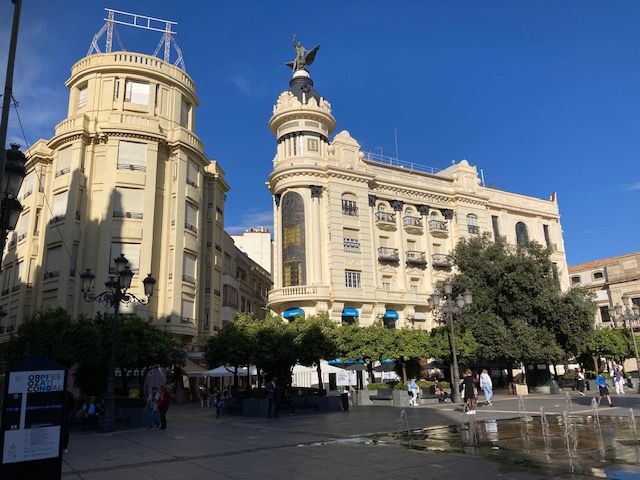
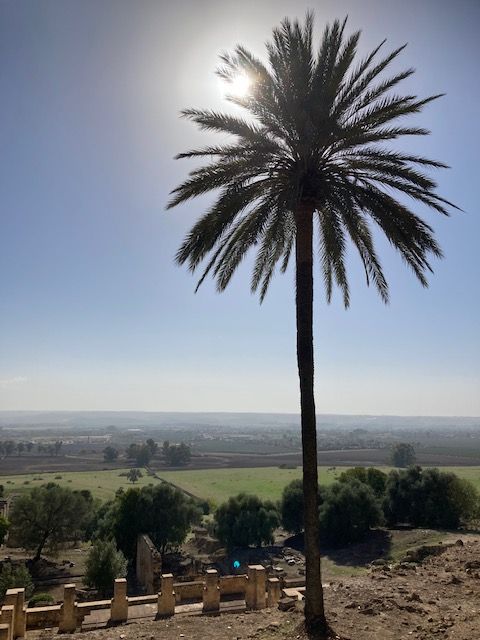
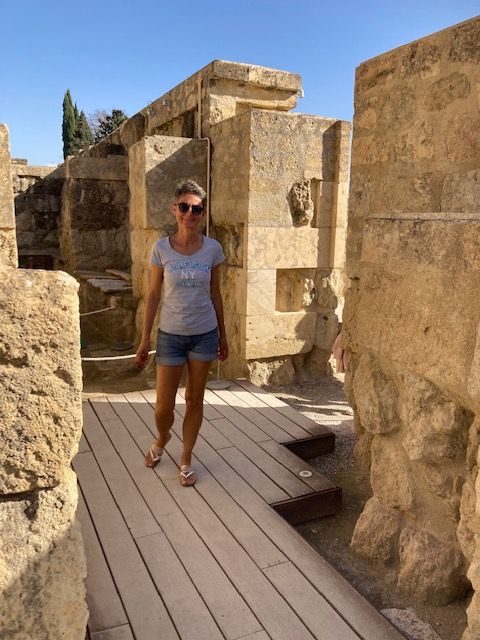
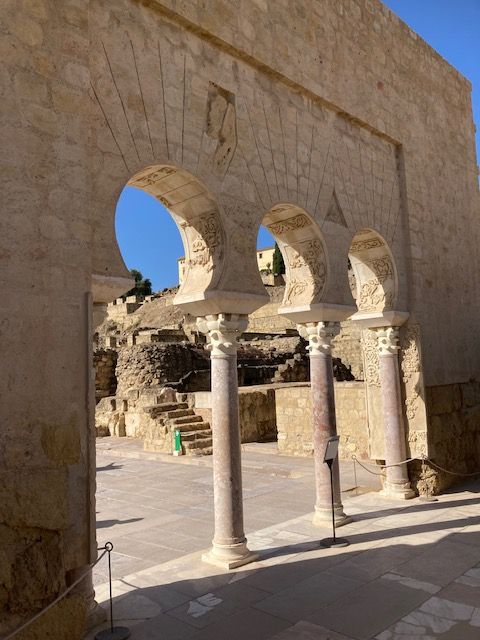
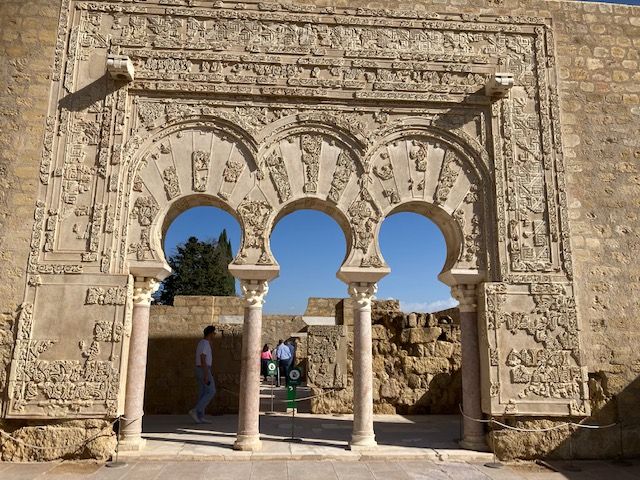
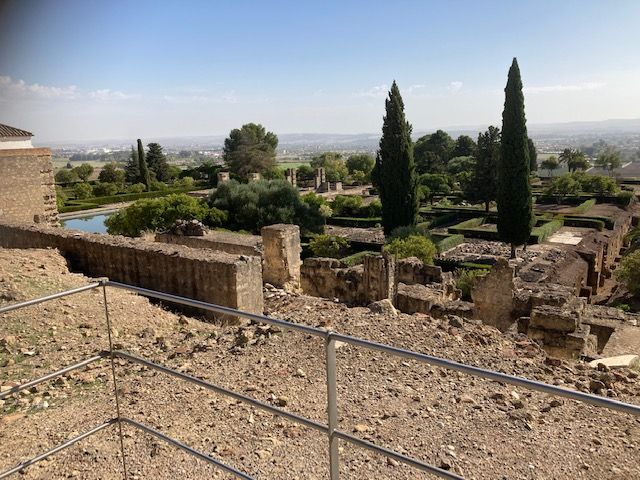
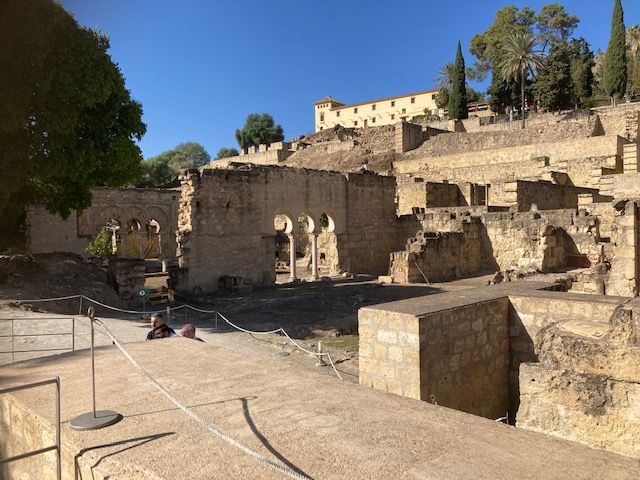
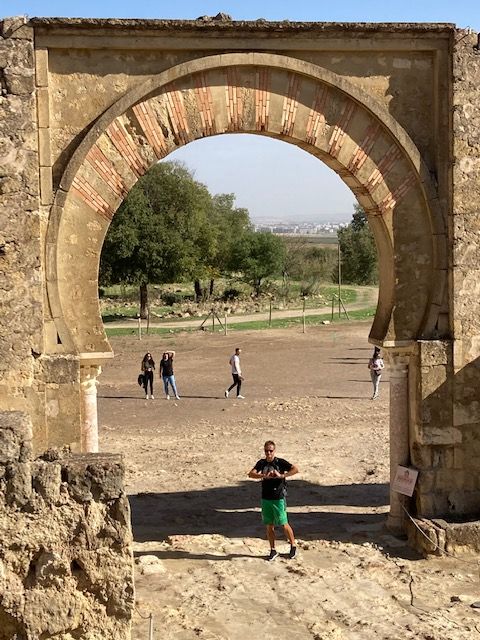
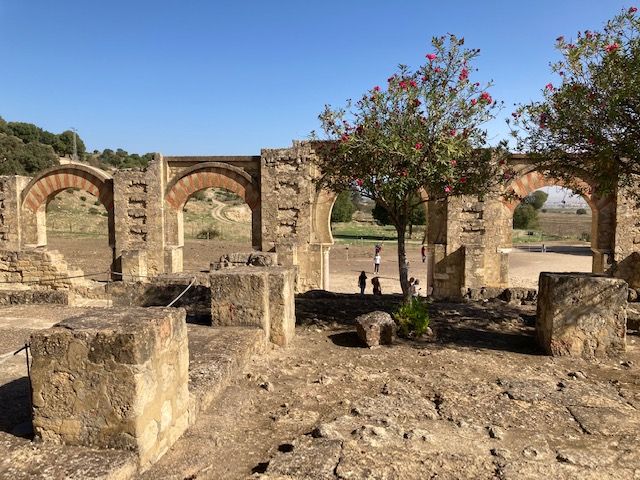
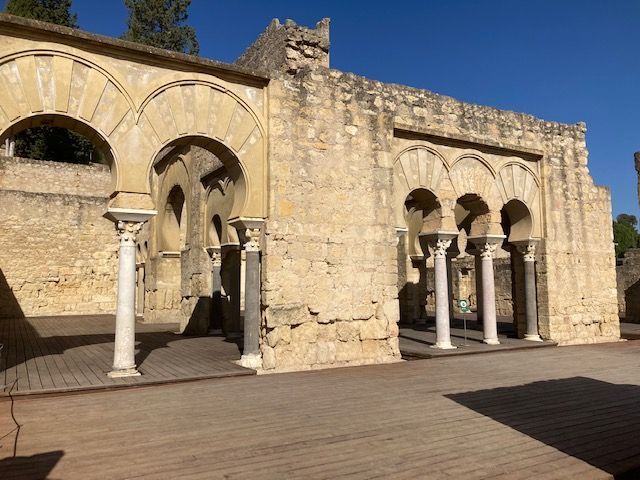
Mag-subscribe sa Newsletter
Another city tour - Cordoba. And for those who had trouble pronouncing the associated river in the Sevilla blog, you can practice again now. Because Cordoba is also located on the Guadalquivir. But Cordoba is different from Sevilla or the previous tourist centers. Here you can clearly feel the Arab influence. Of course, there is also the remarkable Roman influence and of course the Christian influence, and, and, and ... But what makes Cordoba impressive is its Islamic heritage. After all, the city was an important center of Islam in the Middle Ages. The most famous building in the city is the Mezquita, a huge mosque from 784 with a monumental columned hall. At that time, the Emir ordered the demolition of all Roman churches, leaving only one cathedral standing, which became the foundation of the mosque. During the Arab rule, the mosque was continuously expanded and now it is one of the largest ancient mosques in the world, covering an area of 23,000 square meters. At one point, 100,000 people lived in Cordoba. When the Christians expelled the Islamic rulers, they did not blindly destroy the mosque, but instead converted it into a Catholic church in 1236. They began to dismantle the 1,013 columns, but then had a change of heart and left 856 columns standing. Thus, the Muslim character is still preserved and overwhelming. You wander among these columns, feeling like you are in another tale from 1,001 Nights, with their special charm created by subtle lighting - magnificent ornaments, delicate ceilings, one red and white arch after another. And then, suddenly, without warning, in the middle of all this, you come across a Catholic altar or one of the many chapels with their more or less well-known saints - oops... I knew it, but I was still somehow surprised. The Christians simply placed their Catholic cathedral right in the middle - fascinating from a construction perspective!... I agree with everyone who appreciates this unique mix of architectural styles, and it is noteworthy that the Christians preserved the mosque... But I cannot bring myself to call this mix 'beautiful'; it is impressive, yes. Afterward, we happily got lost in the whitewashed old town neighborhoods, through and over the Roman remains, until we found a tapas bar taken over by young people. Once we were fully satisfied, we cycled back to the campsite.
But we were not quite finished with the Arab era yet. The next day, we visited the later administrative center of the Arabic rulers on the Iberian Peninsula. The construction of the palace city 'Medina Azahara' began in 936 and 10 years later, the entire court moved from Cordoba to the new city located to the north. However, that move did not really pay off, because Medina Azahara only existed for 80 years. Then the 112 hectares of the city were destroyed. Today, only 10% has been excavated, and we visited those 10%... for the sake of cultural diversity. Afterward, we went to the Sierra Morena to relax and unwind.
Mag-subscribe sa Newsletter
Tubag
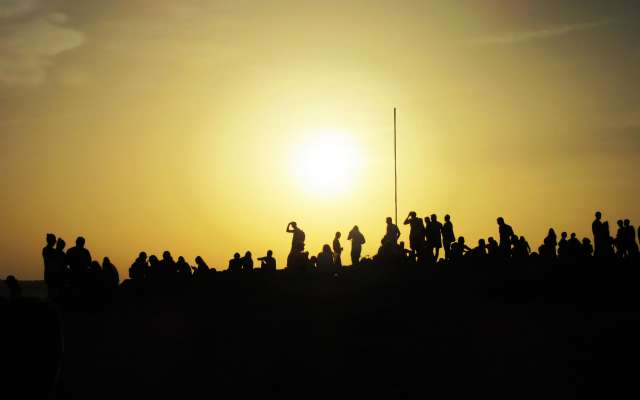
Mga taho sa pagbiyahe Espanya
